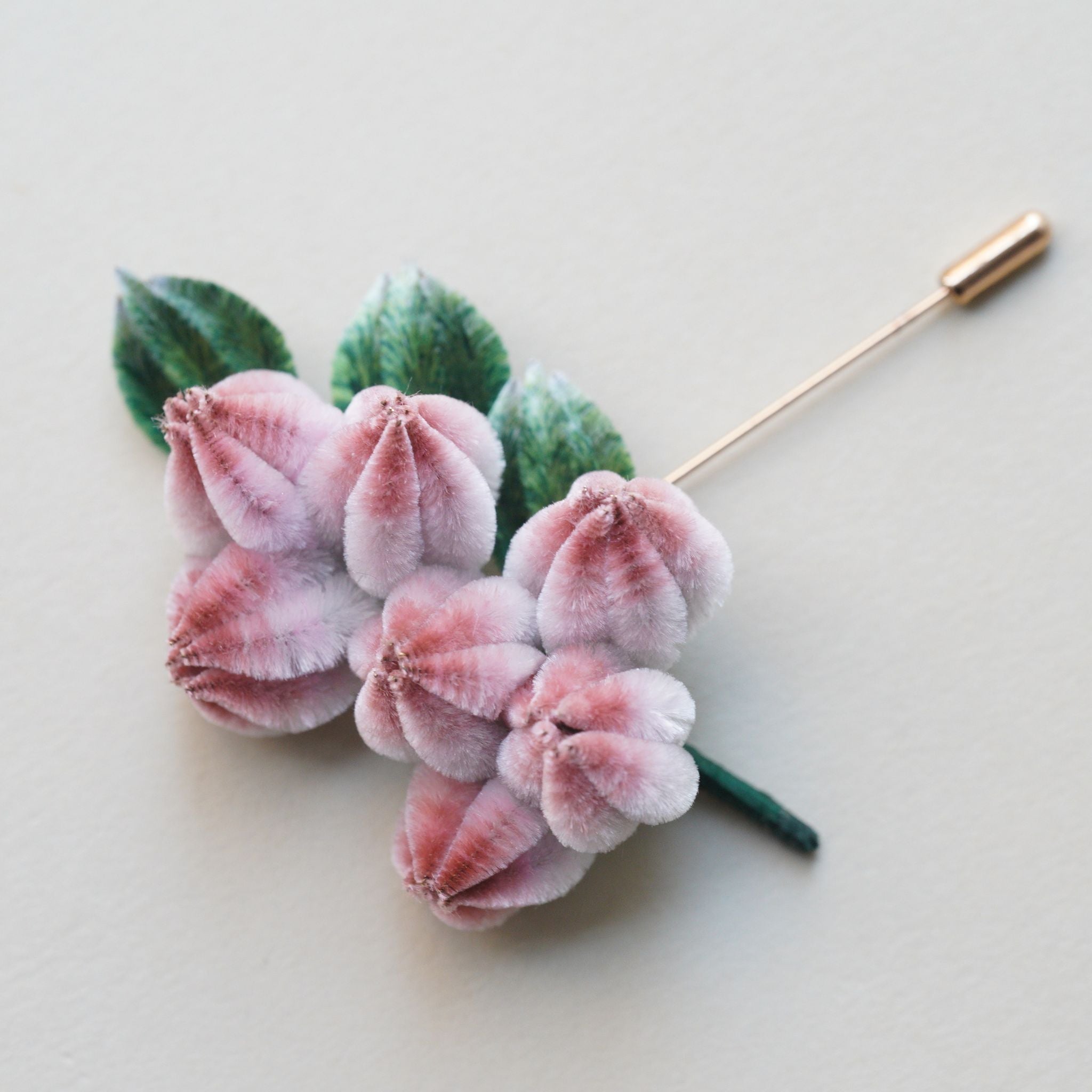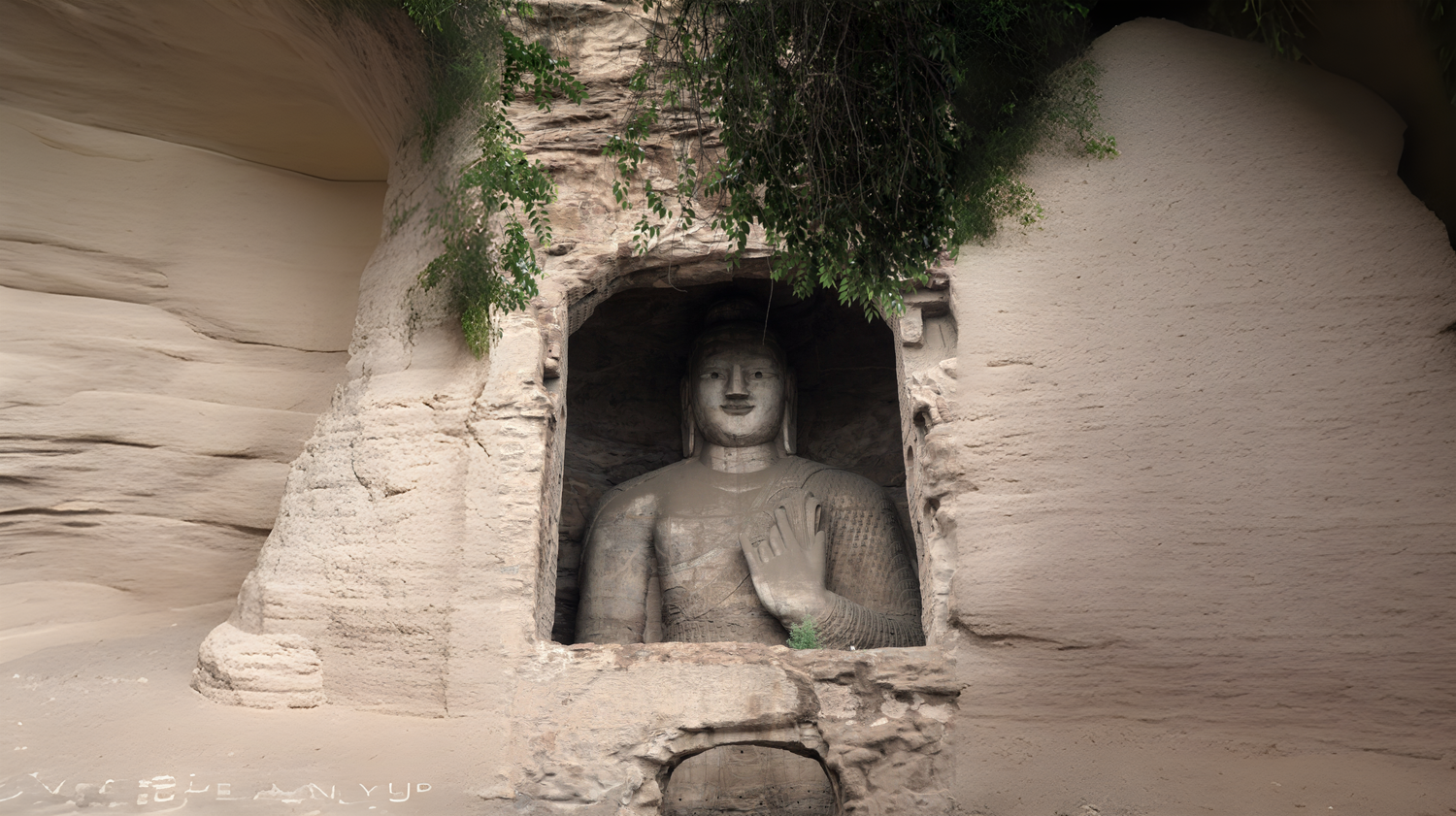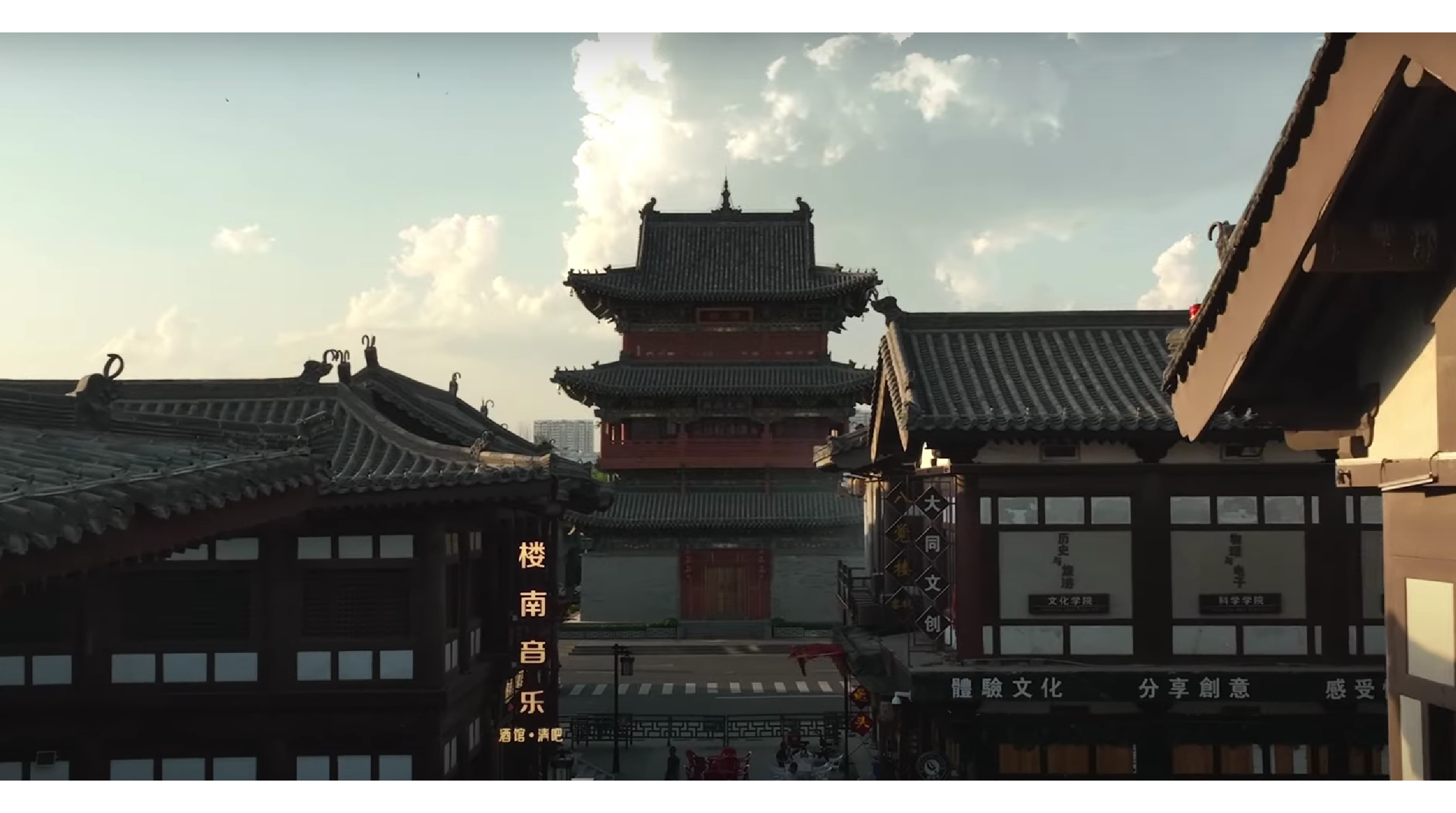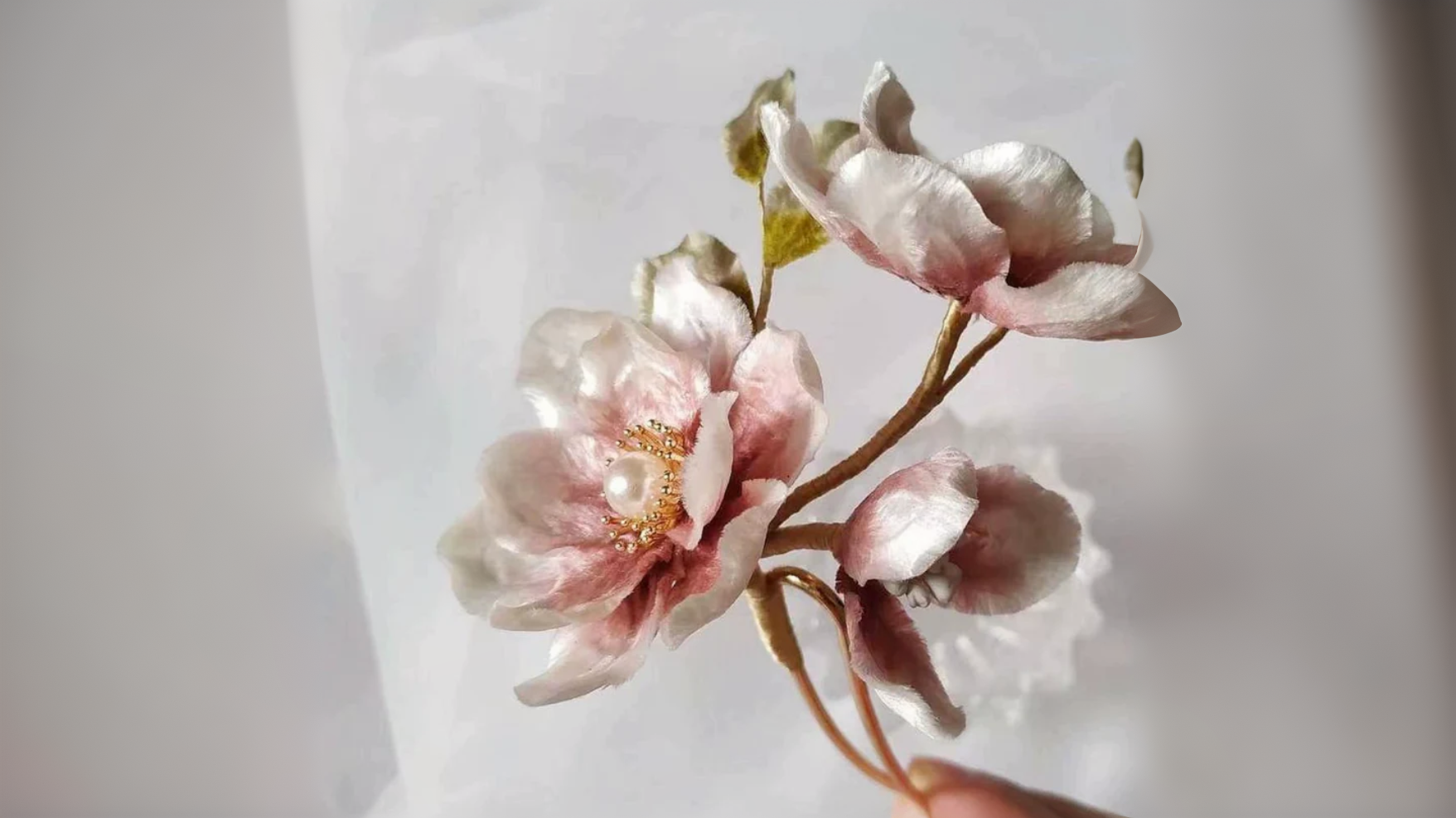Have you ever pondered the origins of what we perceive as Western, only to discover its roots in the East? This is the story of Lansei in China, a journey of exploration into unseen Chinese artistry and craftsmanship. Join me as I unravel the intrepid tale of this remarkable plant.
The Chinese style, once taken for granted as purely Chinese, reveals itself to be a fusion of cultures.
During my visit to the Yun Gang grottoes in Datong, I encountered a plant that shattered my preconceived notions of world civilizations.

Here we stand at the Yun Gang grottoes, a UNESCO World Heritage site. Constructed during the 4th and 5th centuries under the Northern Wei dynasty, it boasts over 50,000 intricate carvings and more than 200 caves. What captivates me most is the harmonious blend of Central and South Asian influences with traditional Chinese artistic style.

The plant I alluded to earlier is none other than the honeysuckle or concess, a decorative pattern brought to China with the introduction of Buddhism. Roughly 500 years after the birth of Guodama, Buddhism began to spread into China, and 400 years later, the construction of the Yun Gang grottoes commenced. Interestingly, India's early Buddhist art displayed Greek elements, evident in the sculptures and decorations of Gandhara art that bear clear Greek influences.

But where did ancient India draw its inspiration? The story begins in ancient Egypt, around 3000 BCE, when the lotus pattern emerged as a symbol of the radiant sun. Initially associated with apparel, lotuses, or lilies, it evolved into a representation of unity or rebirth as the upper and lower Egyptian kingdoms merged. The design transformed into depauletry, with its radiating leaf symbolizing the sun's connection to life.

By 700 BCE, the palm-made motif found its way into ancient Greek art through trade between nations. When the end of the palm-shaped leaf was adorned with a scroll pattern, adapting its imagery to the curve of the scroll, the Acanthus pattern emerged. Over thousands of years, the leaf underwent multiple alterations, accounting for its slight differences between the palm-made and Acanthus patterns. The acunselt leaf emerged when the palm-made form was sculpted plastically, eventually earning its distinctive name.

As history unfolded, the Roman Empire extended its governance to present-day Afghanistan and Pakistan, leaving an indelible impact on the development of Gandhara arts. Centuries later, Chinese artists painted the Acanthus leaf on the walls of the Yungang grottoes. They employed this pattern not only to divide sections of frescoes or decorate edges but also to adorn the capitals of Greek-style columns, reminiscent of its usage thousands of years ago.
In subsequent years, Chinese artists reimagined this pattern, infusing it with a more flowing attribute borrowed from the Chinese cloud pattern. Thus, the Chinese grow grass pattern was born, a testament to the ingenuity of generations of Chinese artists. And so, the story of this intrepid plant, spanning five thousand years, unfolds from its new home within the Yungang grottoes.








Leave a comment
All comments are moderated before being published.
This site is protected by hCaptcha and the hCaptcha Privacy Policy and Terms of Service apply.